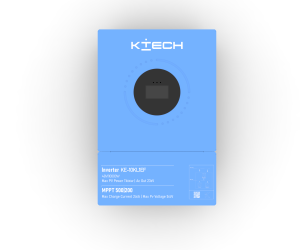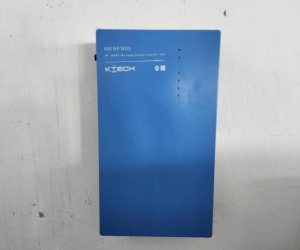马上注册,结交更多好友,享用更多功能,让你轻松玩转社区。
您需要 登录 才可以下载或查看,没有账号?Register
×
Power: The power of a solar panel represents the electrical power it can generate under standard lighting conditions, measured in watts (W). For example, a 300W solar panel can theoretically generate 0.3 kWh of electricity per hour under standard light intensity (1 kWh=1 kilowatt hour). The power level mainly depends on factors such as the area of the solar cell and the photoelectric conversion efficiency. Voltage and current: Solar panels have their specific operating voltage and short-circuit current. The working voltage refers to the voltage output by the solar panel under normal working conditions, and the short-circuit current refers to the current at both ends of the solar panel when it is short circuited. These parameters are crucial for matching solar panels with other devices such as batteries and inverters. For example, when connecting solar panels in series, it is necessary to consider whether their operating voltages match to ensure that they can provide appropriate voltage for subsequent equipment. Photoelectric conversion efficiency: It is a key indicator for measuring the performance of solar panels, which represents the efficiency of solar panels in converting light energy into electrical energy. As mentioned earlier, the photoelectric conversion efficiency of different types of solar cells varies, and efficient solar panels can generate more electricity under the same lighting conditions.
|  Key Technologies & Challenges of Off-gri1708 views#Default Forum
Key Technologies & Challenges of Off-gri1708 views#Default Forum Market Potential & Future Direction of O1515 views#Default Forum
Market Potential & Future Direction of O1515 views#Default Forum How to Install a Wall-Mounted Inverter1724 views#Default Forum
How to Install a Wall-Mounted Inverter1724 views#Default Forum How to Install a Wall Mount Battery1806 views#Default Forum
How to Install a Wall Mount Battery1806 views#Default Forum